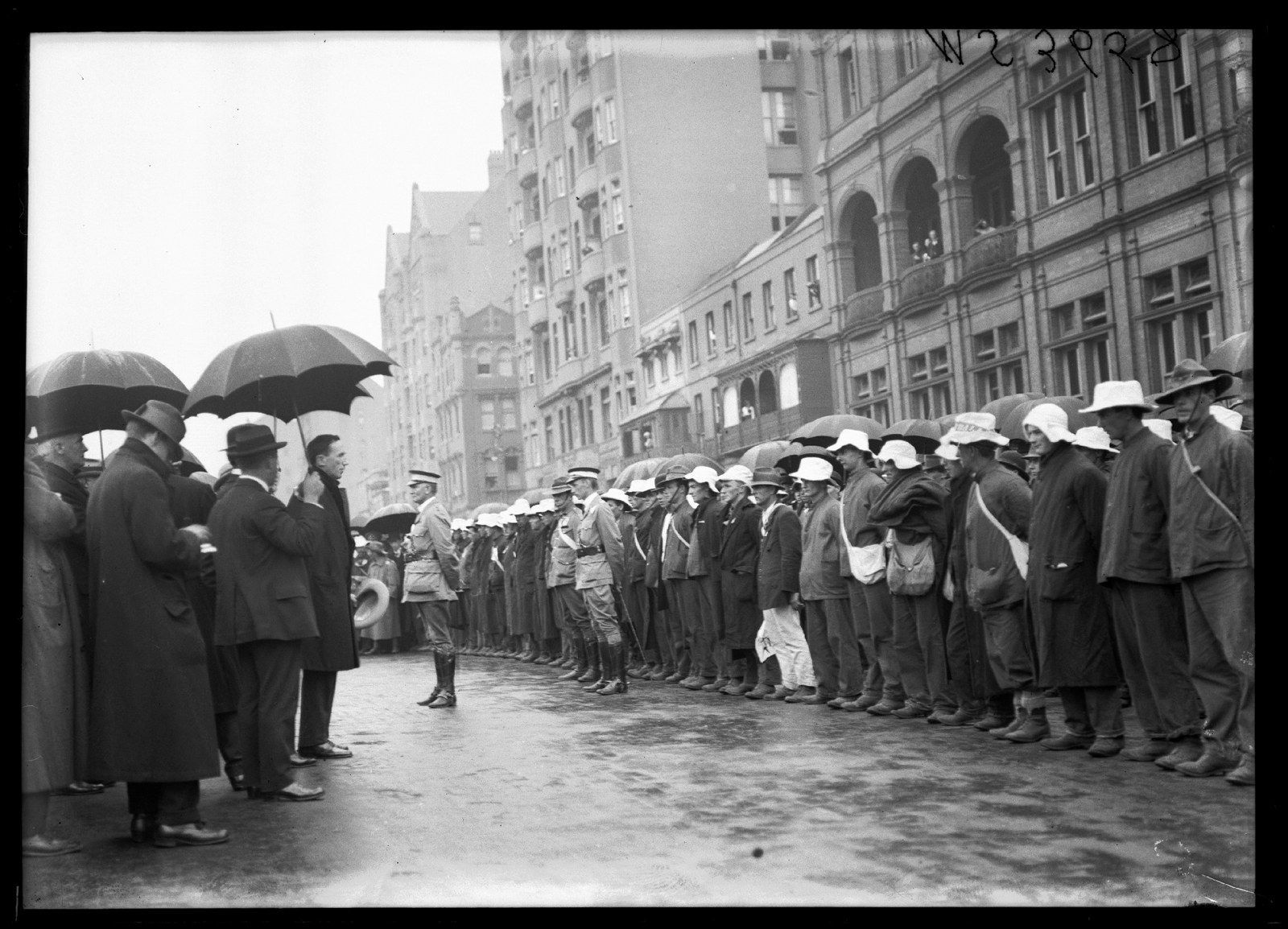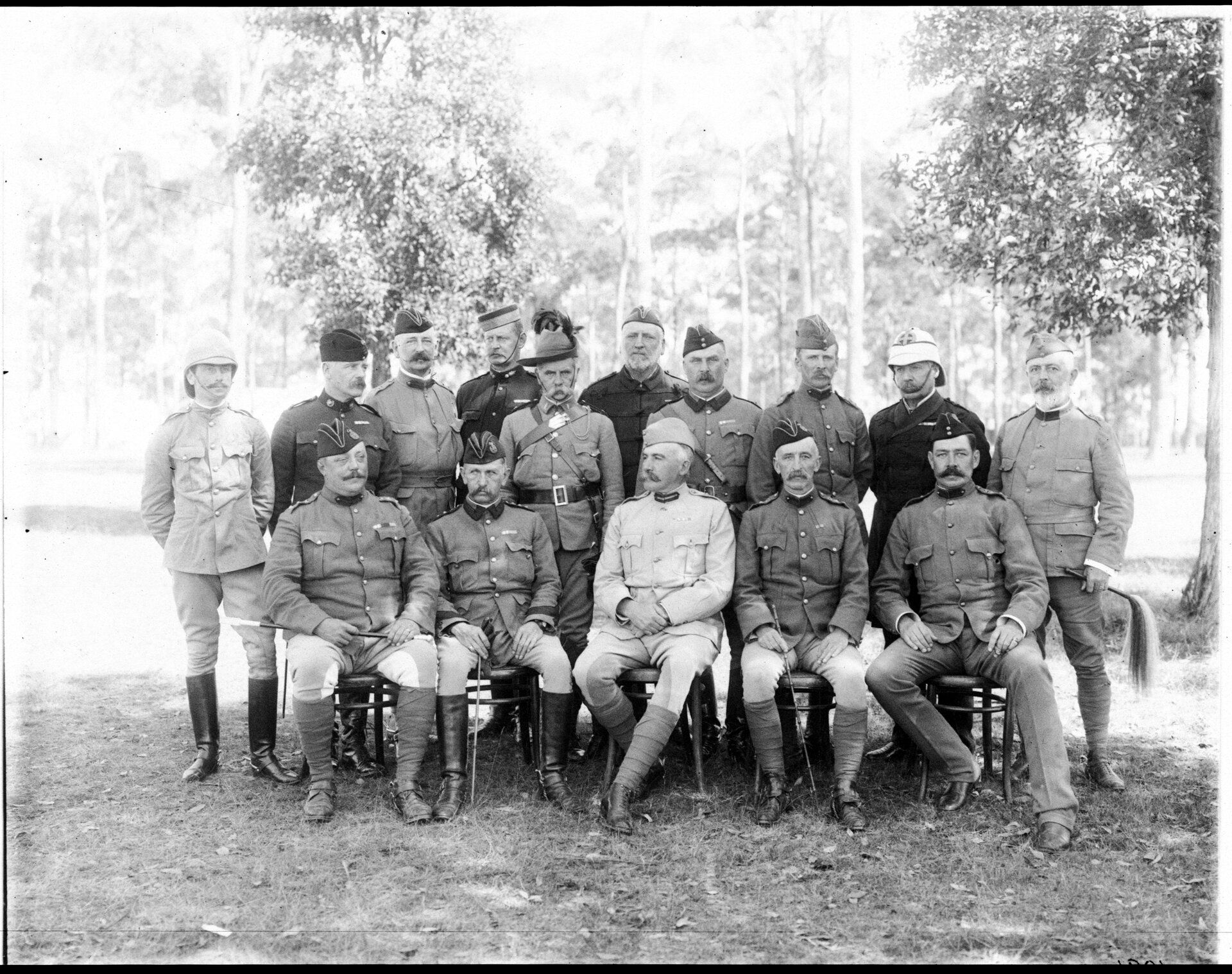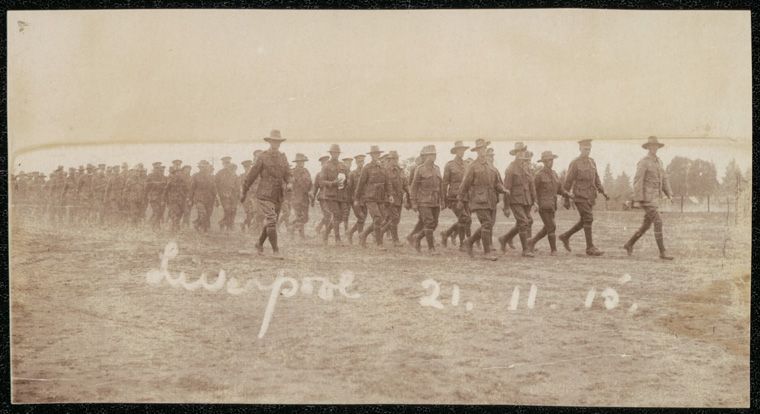Australians vote No to conscription in 1916
Vote ‘Yes’ or ‘No’?
On 28 October 1916 Australians went to the polls to vote in a plebiscite on wartime conscription. The divisive debate fractured communities across the country. The ‘No’ vote won.
Conscription defeat had consequences for the Labor Party at the Federal and State levels with Prime Minister Billy Hughes and Premier William Holman leaving the Labor Party to form new coalitions and stay in power.
On 28 October 1916 Australia cast its vote. Even the soldiers at the front were given the opportunity to make their voice heard in what was called the ‘Anzac vote’. (13) However the results were not as the Premier or the Prime Minister had hoped. In New South Wales, 474 544 people, or 57% of voters, were against conscription. Nationally, it was a 52% ‘no’ vote. (14)
Some towns and suburbs had a majority vote either way. For example, in Mosman the ‘yes’ vote was 81%, while in Broken Hill, 70% of constituents voted no. However places such as Bexley, Naremburn, Gosford and Nowra were literally split down the middle, with only a handful of votes the difference. (15)
The Australian Government did not give up on the idea of conscription after the first plebiscite, holding a second plebiscite on 20 December 1917. Despite more emotional pleas for conscription from key leaders in government [Fig. 14-15], the ‘no’ vote was even higher the second time around. (16) It was a clear message from the people of New South Wales and Australia.
From the NSW Anzac Centenary website
A referendum is a binding vote to alter the Australian Constitution. Any other issue outside of the Constitution that is put to the vote is referred to as a plebiscite and the result is non-binding to the government of the day. There have been three federal plebiscites: two for military service in 1916 and 1917 and the National Song Poll in 1977 to vote on the preferred song choice for the Australian National Anthem.
Related

Windows into Wartime
This is an abridged version of the Windows into Wartime exhibition, which was at the Western Sydney Records Centre from 17 October 2016 to 24 August 2017
Published on
World War One
Browse all
Military personnel guide
This guide provides information on how to find arrivals of early military personnel and a list of records in our collection relating to Early British Army Regiments in NSW; Volunteer Force; Sudan Expedition; Boer War; World War I and World War II.

On This Day
17 Dec 1915 - 'Waratah' recruitment march
On 17 December 1915 the "Waratah" recruitment march arrived in Sydney

Researching your military ancestors
An introduction to key sources in the collection for researching military personnel in the 1800s and early 1900s

On This Day
1916 military riot in Sydney
On 14 February 1916 thousands of soldiers from the Liverpool military camp took strike action